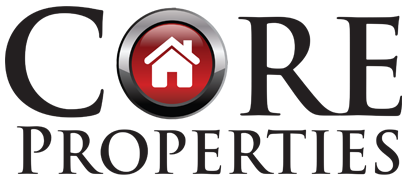Recently, The Urban Land Institute of St. Louis released predicted real estate market
trends for 2016. The non-profit is known for being a land use research and educational organization “focused on bringing leadership to the responsible use of land.”
Based on their data, here are 5 trends expected to dominate the real estate market in 2016 and the areas that best fit these expectations.
[dropcap bg=”#1d4470″ color=”#fff”]1[/dropcap]
St. Louis as an 18-hour City
As more areas of St. Louis are showing signs of becoming an 18-hour city, it is predicted that we will find focused development in these areas pushing it forward. An 18-hour city exists and thrives when a balance between daytime office crowds and evening residential and recreation crowds both exist. This creates viable real estate markets in both the residential and commercial sectors.
Certain public improvements are needed in order to continue this progression. ULI sites street lighting as an example of a public amenity necessary to these urban areas.
[dropcap bg=”#1d4470″ color=”#fff”]2[/dropcap]
The Draw of “Innerurbs”
People are currently drawn to urban areas that provide more land, and less wall sharing, while still retaining an urban environment.
The Tower Grove neighborhood and The Grove are great examples of areas where single-family housing provides more privacy and is available and affordable.
[dropcap bg=”#1d4470″ color=”#fff”]3[/dropcap]
The Real Estate Market of Where We Work
Office parks are out, technology cities are in! Interactive environments and flexibility in office spaces is of growing importance. Offices are finding new ways to be efficient, create co-working spaces and provide private spaces where needed.
The corporate real estate market is shifting due to necessity and function. Technological advances are partly to blame. For example, the ULI finds that due to the movement towards going paperless, law offices have reduced office size by 25-35%.
ULI sees corporate real estate trends moving towards finding a niche due to these factors. The office market in St. Louis is sold.
[dropcap bg=”#1d4470″ color=”#fff”]4[/dropcap]
Housing for Everyone
No longer are people focused on providing housing for specific demographics. ULI see real estate market trends moving towards closing the gap between personal income and safe, affordable housing.
They predict that in the same areas we will see a mix of 3 types of housing options based more on lifestyle choices than economic forces: ownership, renters, and renters by choice, and rent-to-own.
[dropcap bg=”#1d4470″ color=”#fff”]5[/dropcap]
Infrastructure, Transportation, & Parking
Upgrades in infrastructure, transportation, and parking are necessary for progress. ULI says these ?upgrades will be mostly found in ?branded places? because they are financially justifiable.?
What do we do with all our overabundance of parking lots? UIL states that this ?will only be addressed with a redevelopment plan? since St. Louis doesn?t have the turnover for it to occur organically.
According to ULI, 80% of people in St. Louis view transportation funding in St. Louis to be important. This is also reflected in booming residential housing areas where non-vehicle transportation, like walking and biking, are of importance to the residents.
Where are these emerging opportunities?
In areas demonstrating a move towards the 18-hour city model, reflect the draw mentioned our reasons why St. Louis is on the 2016 hottest markets list. This includes East of Tower Grove, Benton Park, Forest Park Southwest, Delmar Blvd, Forest Park, South, and The Grove. These areas provide both daytime workspaces and nightlife; they have single-family homes in an urban-like district.
The North Riverfront is on the real estate radar while it is decided what to do with the area and how to go about it.
Lastly, any locations considered as “branded places,” like a historic main street, are on the rise.

